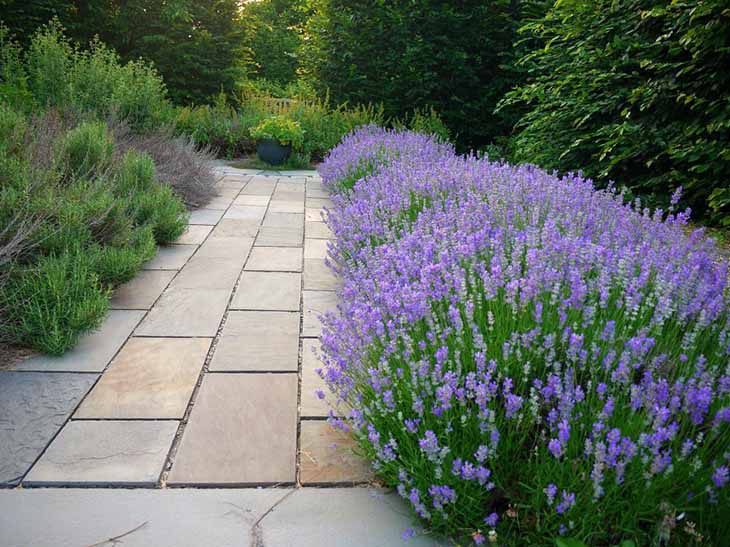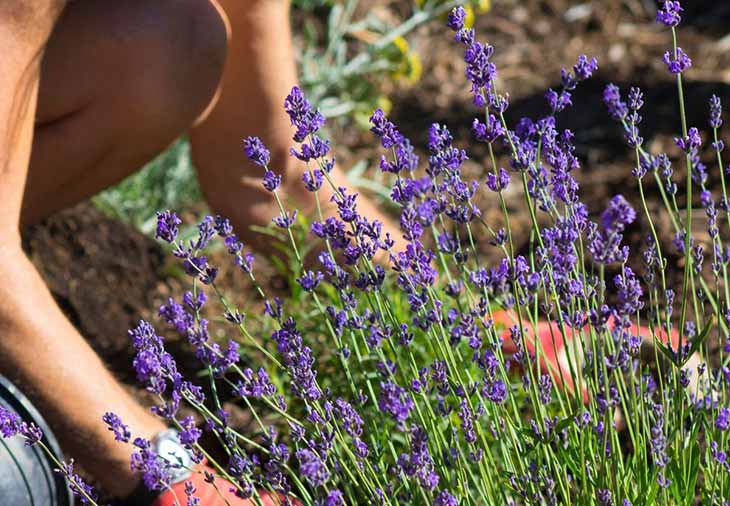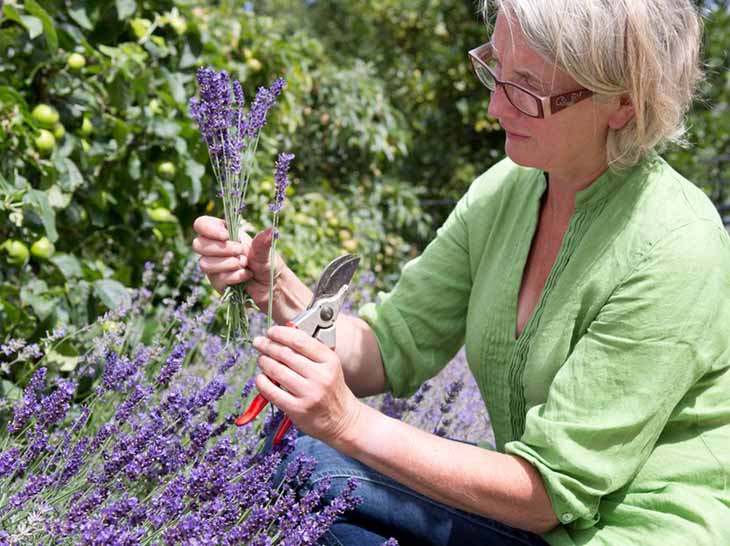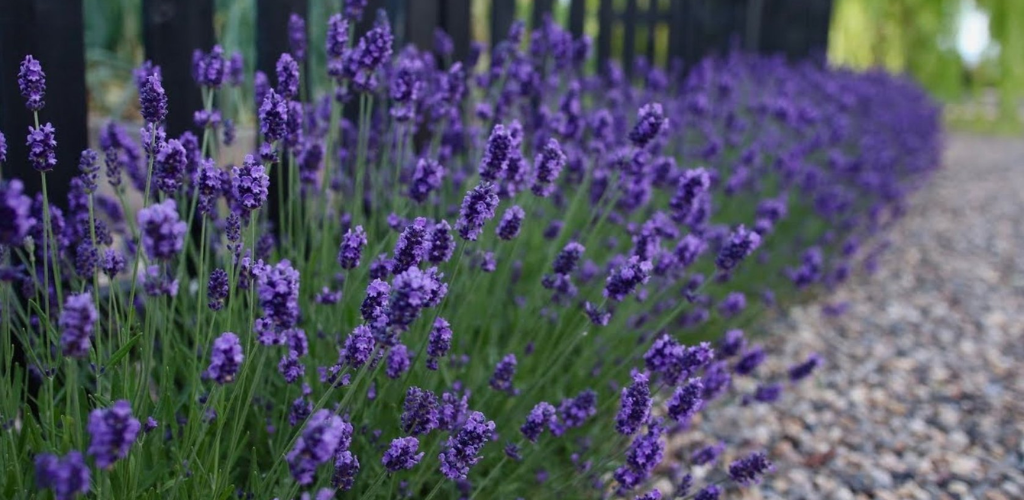7 tips for planting a lavender hedge in your garden
Nothing like a garden hedge to delimit your land and protect yourself from your neighbors. Whether it is a flower hedge or green plants, this plant arrangement provides a wonderful colorful space to your garden. For a flowering hedge, lavenders are the ideal choice. They are easy to grow and fill your entire garden with their fragrant flowers.
Here are seven conditions to properly plant and maintain a lavender hedge in your garden.
What are the 7 conditions to obtain a beautiful lavender hedge in your garden?
To have a beautiful garden border, lavender is the aromatic plant of choice. Here’s how to maintain it.
Read also: Potted Basil Care: Growing Tips and Techniques
1- Lavender, an ideal plant to make a beautiful flower hedge

Lavender is a hardy plant that does not require much maintenance. These small shrubs are famous for their purple flowers, as well as their smell reminiscent of summer. Depending on its species, lavender blooms in different colors, from white to pink, blue or purple. A lavender hedge allows you to delimit an alley with beautiful floral and fragrant borders. Lavender must be watered at the beginning of planting, then it develops without irrigation. It grows even better in times of drought.
2- Plant lavender well to make a flower hedge

To plant lavender, all you need is dry soil and a sunny location. Lavenders need to be exposed for six hours a day to grow well. They will bloom best in warm, dry climates and do not require much water. These flowering plants will do well in well-drained soil with gravel.
3- Choose the right location for a harmonious lavender hedge
To create a pretty lavender hedge, plant the lavender plants about 30-40 centimeters apart. Lavender tends to take up a lot of space so it is important to respect this condition for the proper development of this plant. Dig a large enough planting hole. Place the foot of the lavender in the middle of the hole with the top of the root ball slightly below soil level. Slide the soil around the plant and tamp regularly with your feet or hands. After you have established your plants, water them to moisten the soil. Don’t overwater as it could distort the rounded shape of your lavenders.
4- Trim a lavender hedge

At the end of flowering each year, it is important to prune lavender plants. To do this, remove two-thirds of the young shoots and structure your flower hedge. Cut deflowered stems as close to their roots as possible and cut branches back to half their length to trigger the start of new flowering.
5- Good air circulation is necessary to grow the lavender hedge
To grow lavender as a flowering hedge, adequate air circulation is needed to prevent disease. This is why it is important to space lavender plants well when planting them. This distance will allow each foot of lavender to receive enough air and the roots will be less likely to rot.
6- Your hedge must respect the planting distances
A hedge no more than 2 meters long can be installed 50 centimeters from your neighbors. If it exceeds 2 meters in height, it must be within 2 meters of the neighbor’s boundary. If you have decided to create a dividing hedge, you should agree with your neighbor to plant on the dividing line between your two houses.
Read also: How to grow tulips in water?
7- Limit the maintenance of your lavender hedge by using mulch
To avoid maintenance on your lavender hedge, you can cover it with mulch. This technique prevents evaporation of moisture from the soil surface. To do this, cover your soil with a layer of mulch of at least 10 centimeters. Mulching limits the proliferation of weeds and the invasion of insects.
Thanks to these tips, you now know how to plant a lavender hedge in your garden. This perennial plant can last up to 15 years if properly cared for.
